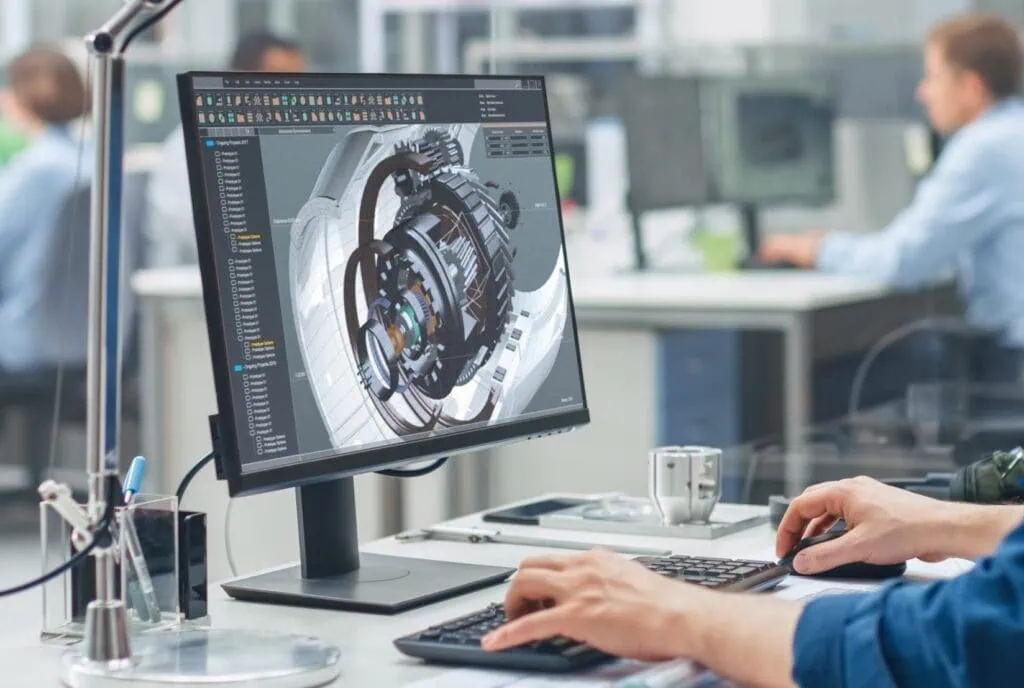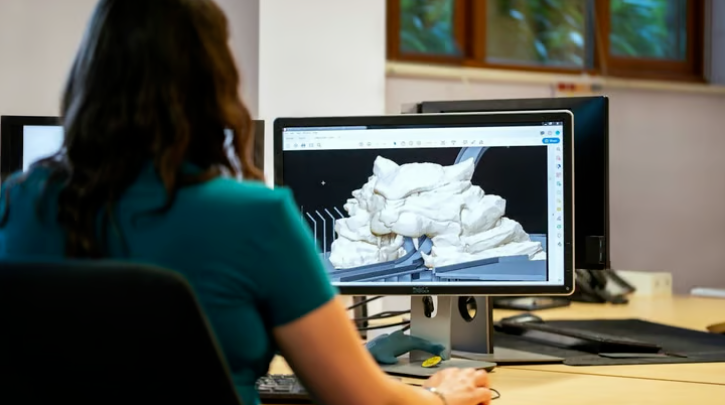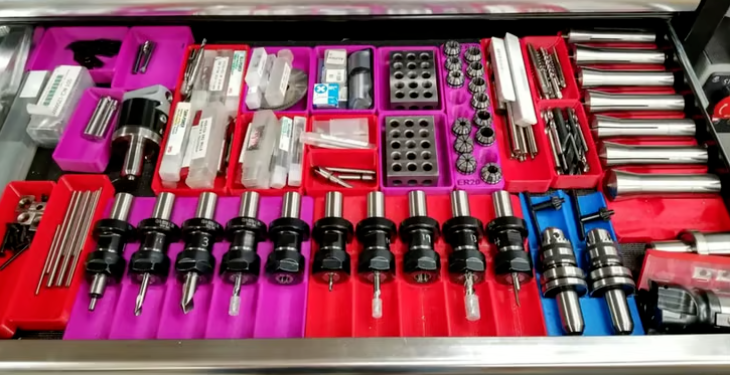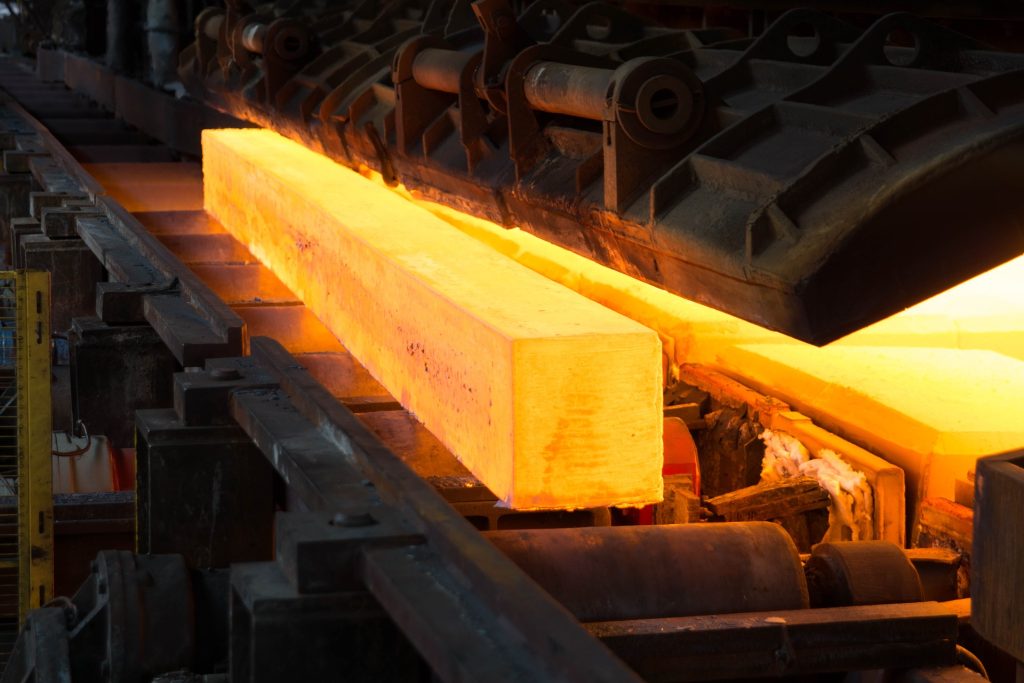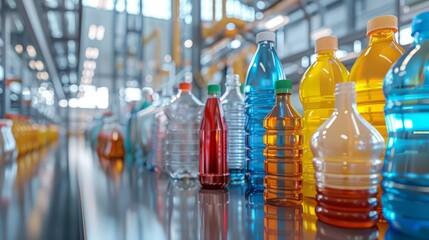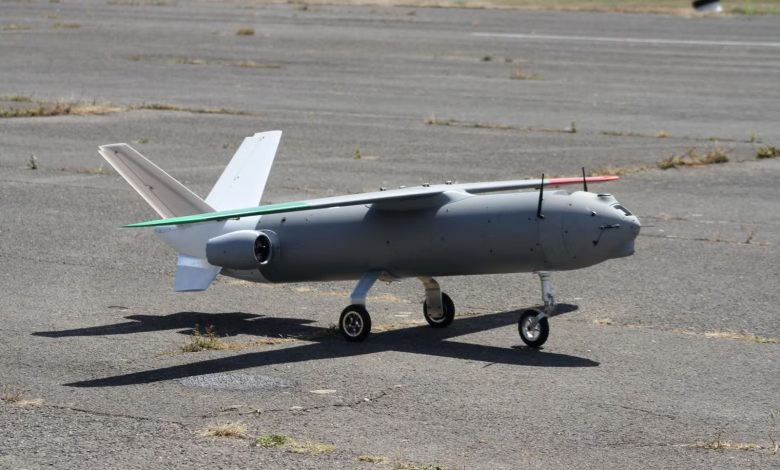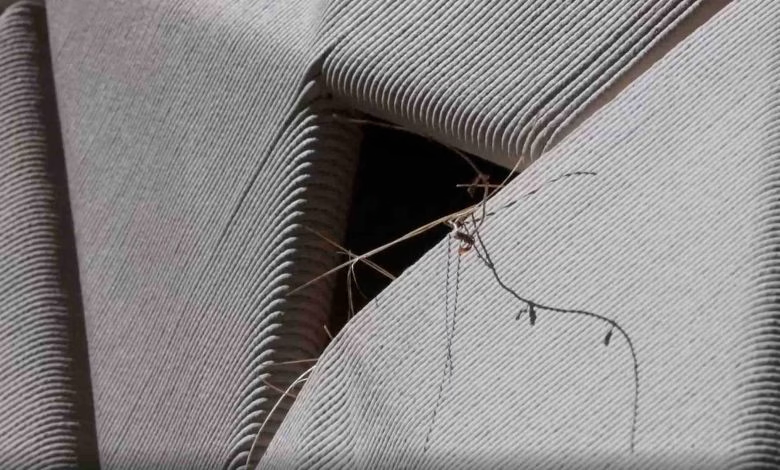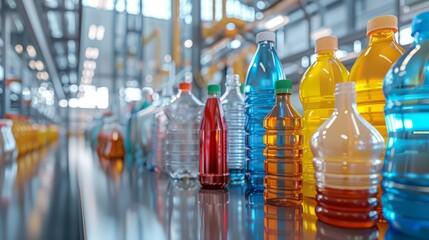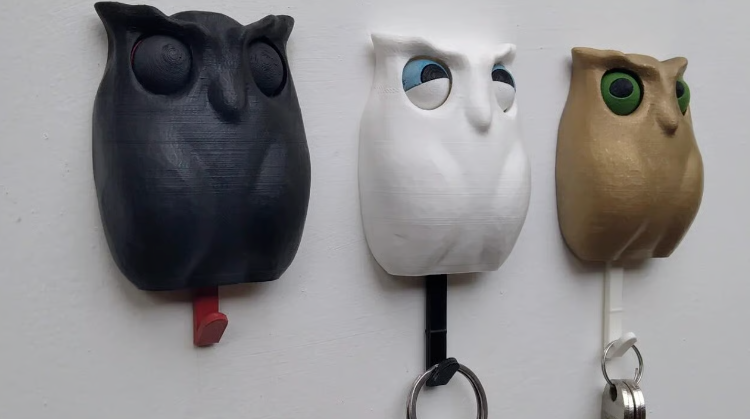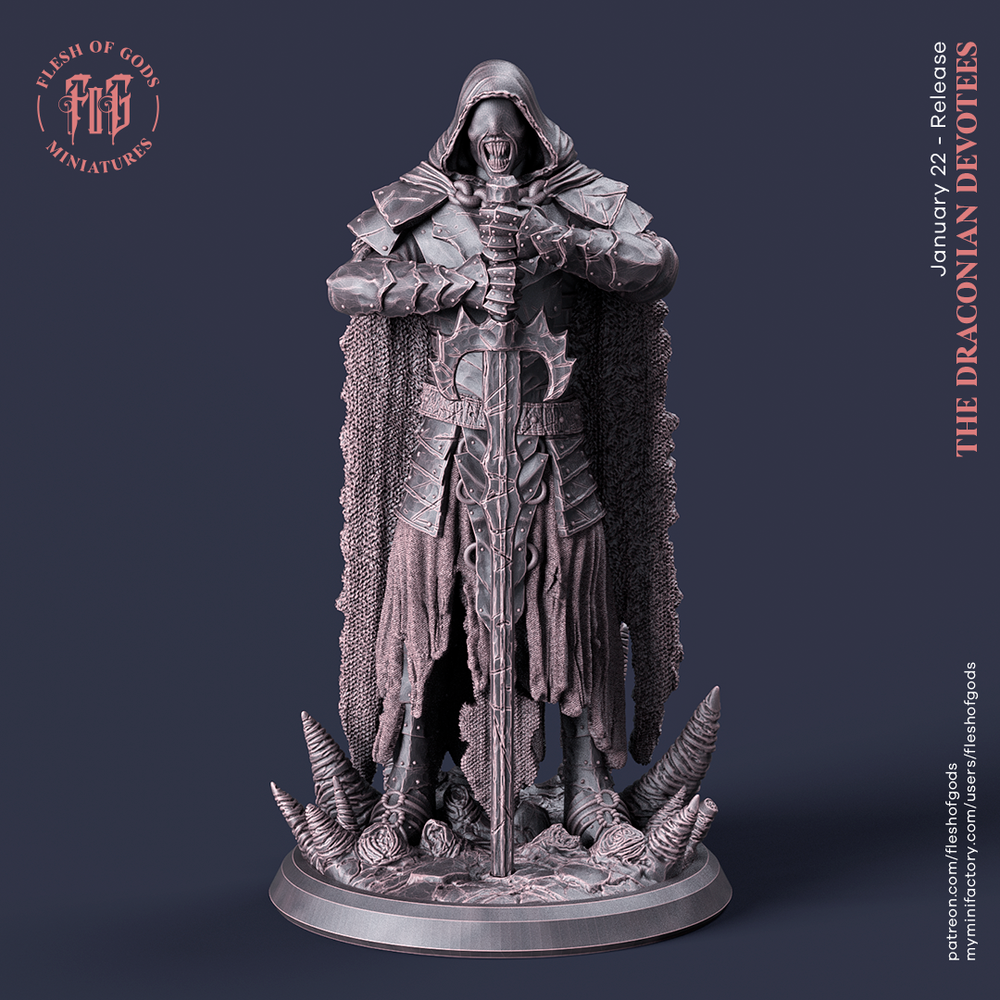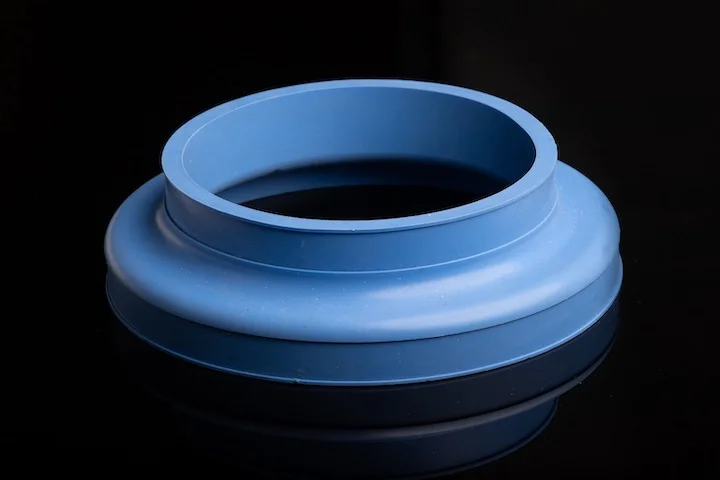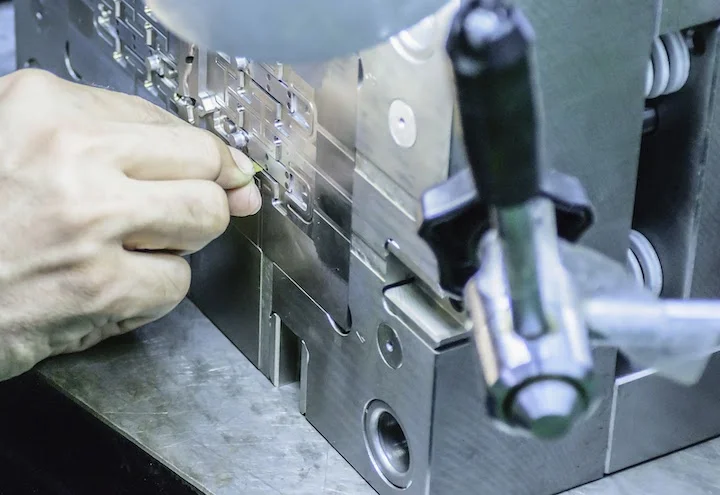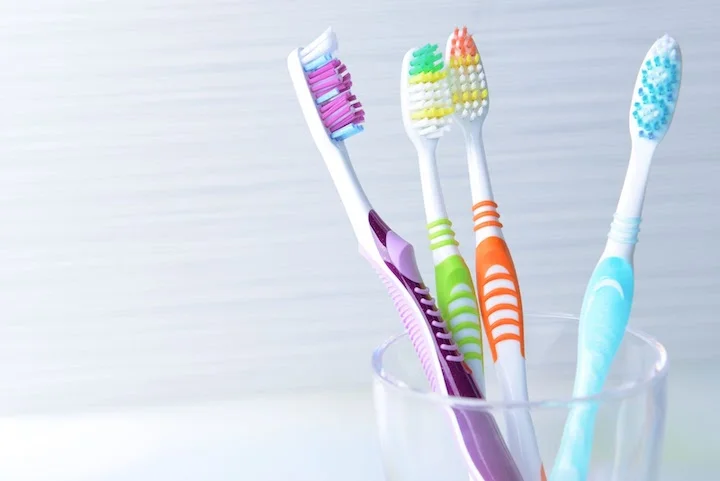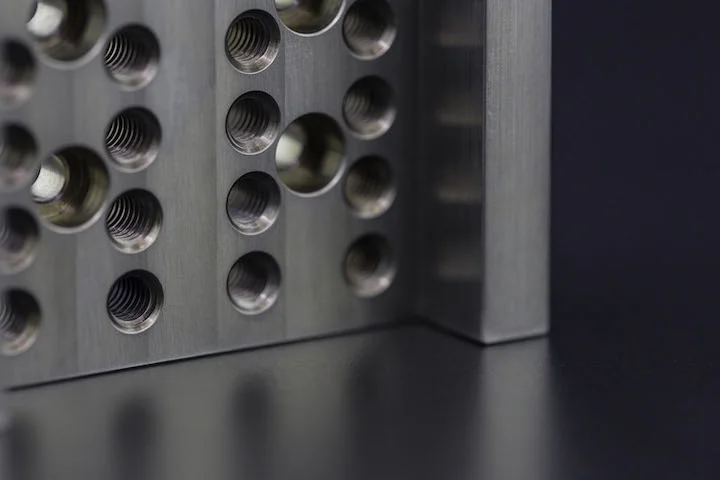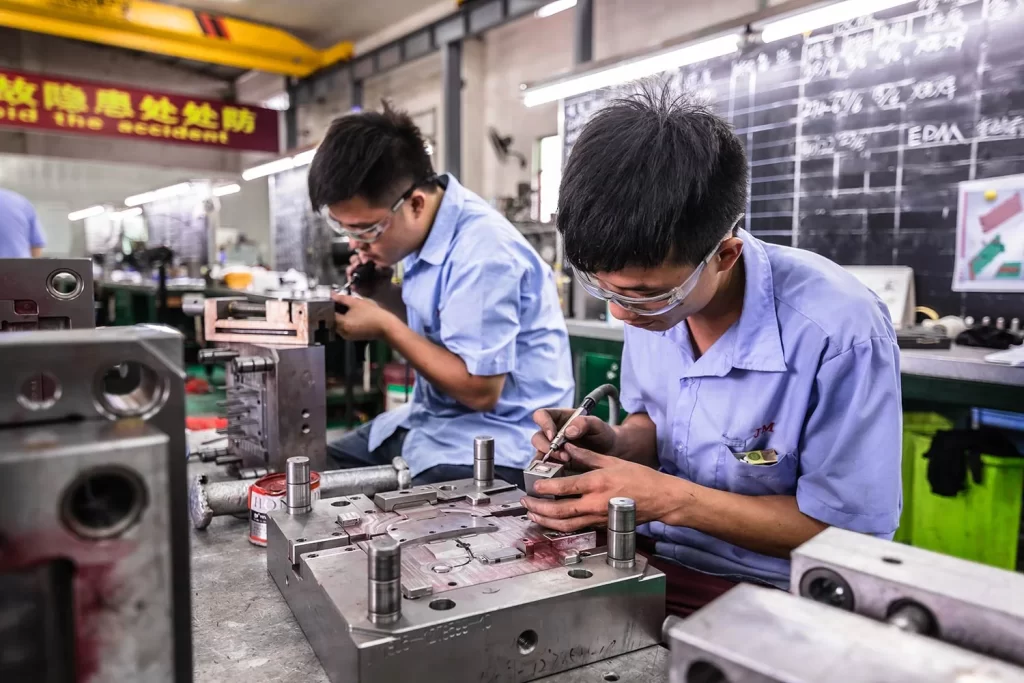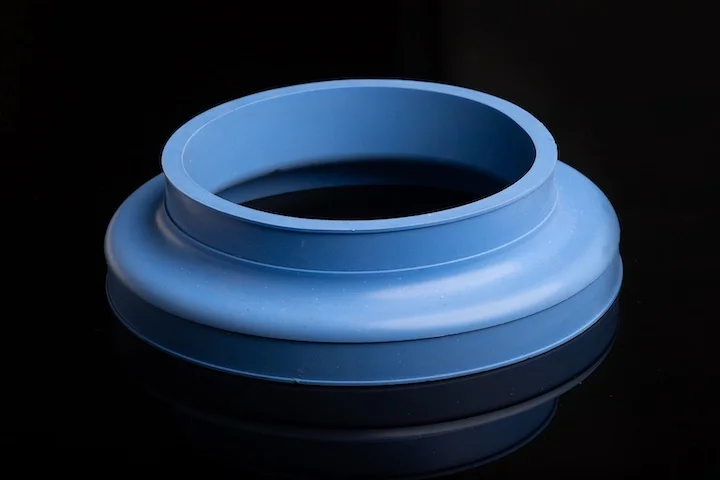People often contact me because they want to 3D print replacement parts. These requests range from the mundane, like stove knobs, to the novel, such as replacement crystals for chandeliers. Usually, people try to source rare automotive parts. Others ask for parts for antique or niche industrial equipment. Regardless of the application, the method for replacing printed parts is basically the same.
Before proceeding with the process of 3D printing replacement parts, first, I always recommend exhausting all purchasing options. If the part can still be ordered from a supplier, it is very rare that 3D printing it makes economic sense. Depending on the part, there may be an online forum or a junkyard to find a replacement.
However, some parts are truly unobtanium, a fun term used by restorers to refer to parts that are really impossible to source. Obtaining a replacement 3D printed part requires some investment, so these parts have high value. Typically, if these parts are damaged or lost, they will render expensive equipment or vehicles inoperable and useless.
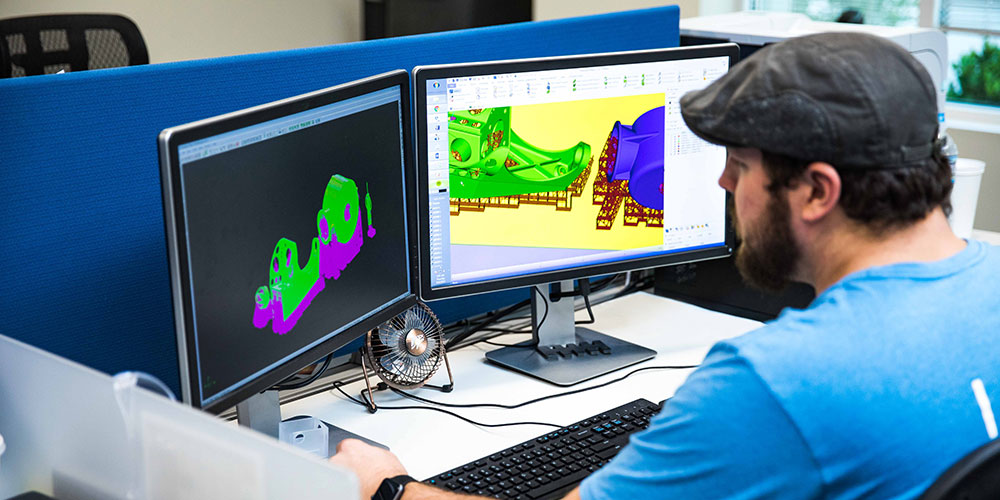
Creating a CAD Model: The Key to Replacing Rare Parts
The first and biggest obstacle in 3D printing replacement parts is obtaining a 3D CAD of the part to accurately describe its geometry. In rare cases, you may be lucky enough to find such a file on the Internet or find technical drawings that indicate dimensions. For simple parts, you can recreate the design by carefully measuring with calipers, but usually, for more complex or organic parts, the part needs to be 3D scanned. Using a company that provides professional services, this process can cost several hundred dollars. There are more and more solutions for 3D scanning using smartphones, but the results are highly inaccurate. 3D scanning data usually requires some additional work to obtain a clean, 3D printable file. STL files can be used for 3D printing, but STP files are better because they can be used in countless other manufacturing processes beyond 3D printing. Even with professional scanning, it is important to know the critical dimensions of the part to ensure functionality and proper fit, then carefully check them with calipers to determine if the 3D CAD accurately captures the details of the part. The last thing you want is to spend money on a part whose critical dimensions simply do not work in the assembly.
Difficulties in Recreating Parts
If the part to be replaced is damaged or non-existent, you will face real challenges. On many vehicle parts, the part has left and right variants. If one side is damaged and the other is not, it may make sense to reverse-engineer the undamaged side, and once converted to 3D CAD, simply mirror the design. But be aware that reverse-engineering a damaged part carries some risks, and you may need several iterations to get the fit right.
After creating the 3D CAD, you can 3D print the replacement part. If the component is plastic, there are many plastic printing processes available, each with its own advantages and disadvantages. It is important to consider the type of plastic the original part was made of, as well as the environment and forces the part must withstand during its service life. Does the part encounter high temperatures? Does it come into contact with chemicals such as gasoline or brake fluid? Is it often exposed to sunlight? If the part has specific material requirements, this will usually drive your decision on the 3D printing process to use for replicating the part.
Available Production Methods
FDM (Fused Deposition Modeling) is the most commonly used technology for desktop 3D printers and is almost always the cheapest option. The trade-off is that parts will have visible layer lines and may be weaker along these printed layers. This can cause them to delaminate and break along the layer lines when pushed beyond their limits. FDM also requires scaffolding-like support structures, which can limit printable geometries. On the plus side, FDM has a wide range of available materials, so if the part needs to be made from a specific plastic, FDM may be your best bet. For parts with low aesthetic requirements and low strength requirements (like the stove knobs mentioned earlier), this will be the best process.
Selective Laser Sintering (SLS) and Multi Jet Fusion (MJF) are similar processes that both manufacture parts by sintering plastic powder. These are the most common 3D printing processes for producing end-use plastic parts. Parts made with either of these processes are generally stronger than those made via FDM, with a textured but more consistent surface finish than FDM. Aesthetically, they do not have the 3D printed look you often see on FDM parts. These processes do not use support structures, so each offers more design freedom than FDM.
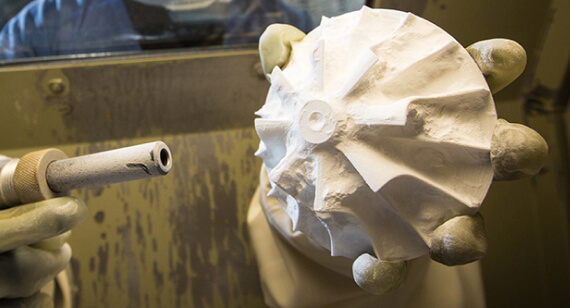
Material choices are more limited than FDM, but SLS and MJF have several common production plastics, such as polyamide (aka nylon), polypropylene, and TPU (thermoplastic polyurethane). You can choose to use vapor smoothing to improve the surface finish, making it glossier and smoother, thus helping the part mimic the finish of injection molding, by far the most common manufacturing method for producing plastic parts. These technologies also scale well at higher volumes, so if multiple copies are needed, SLS and MJF are options worth considering.
Stereolithography (SLA) and other photopolymerization processes are rarely used for replacement parts but are worth mentioning for more niche applications. Most materials made with these processes are light-sensitive and will discolor and become more brittle with exposure to UV sources like the sun, which is a major reason the process is not commonly used for replacements. However, this limitation can be overcome by painting, varnishing, or plating the part. These processes can offer very specific material options, so if the part needs to be transparent, it is worth considering. Additionally, SLA is capable of very high resolution, so if the part has small features, it may be the best choice.
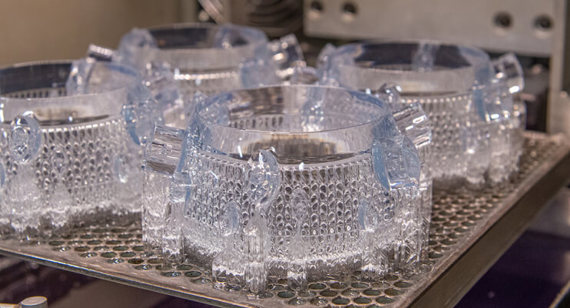
Polyurethane casting is often combined with 3D printing to produce replacement parts. Copies of the part are 3D printed and used to produce polyurethane casting molds, or 3D printing can be used to create the molds themselves into which polyurethane is poured. This is a labor-intensive process but can create very high-quality replacements. Additionally, polyurethane castings offer a variety of strong plastic-like and elastomeric material options.
Direct Metal Laser Sintering (DMLS) is a 3D printing process that uses a laser to selectively melt metal powder, 3D printing parts from metal. While DMLS printing can create metal replacement parts, it is expensive, and viable use cases are more niche. For example, you could use DMLS to make parts for extremely rare and expensive vehicles, such as World War II fighter planes or early 20th-century steam-powered cars. Because the printing process builds parts from sintered powder, printed parts naturally have a textured finish. Interestingly, the surface finish is very similar to cast metal parts.
Casting metal was (and still is) a very common manufacturing method for metal parts, and the surface finish and appearance of printed metal replacements often naturally resemble that of the original part. Like casting, the tolerances of the printing process are a few thousandths of an inch, meaning parts may require secondary machining to achieve a precise fit. It is not uncommon to have to perform secondary operations such as tapping threads or machining flat mating surfaces.
Using 3D Printing to Improve Older Parts
Beyond simple replacement parts, 3D printing can be used to make novel improvements and adjustments to existing or past designs. Capturing the design in 3D CAD before printing gives you a window of opportunity to improve, modernize, or customize the design. If faithful reproduction is not the goal, then why not aim for enhancement?
3D printing can be used to meet the demand for small-batch custom parts that may be lighter or more personalized, adding a touch that customers are willing to pay a premium for. For many industries, there is a niche market willing to pay more for customized versions of products, and 3D printing provides a way to explore and meet that demand. For example, 3D printing is used in racing applications, applicable to almost every conceivable vehicle from boats to bicycles, where a small number of people are looking for the lightest possible parts. For aircraft and marine vehicles, importantly, weight reduction can significantly reduce weight, thereby increasing range.
For more information, please contact us at Debaolong Seiko. You are also welcome to upload your designs to Debaolong Seiko for a quote.






